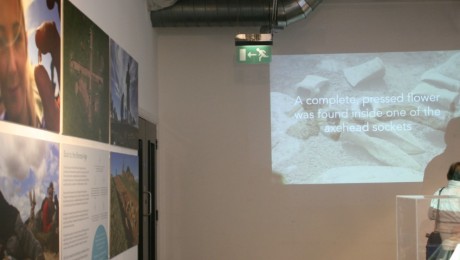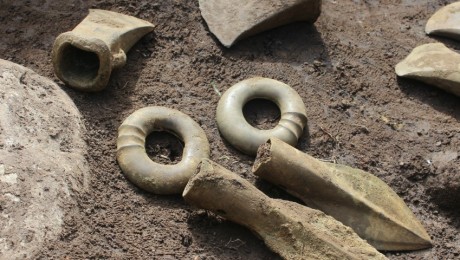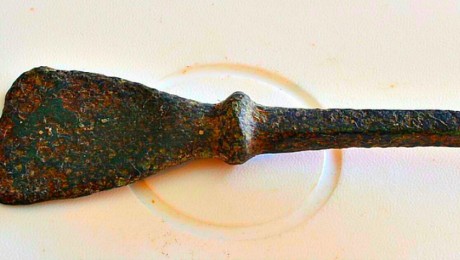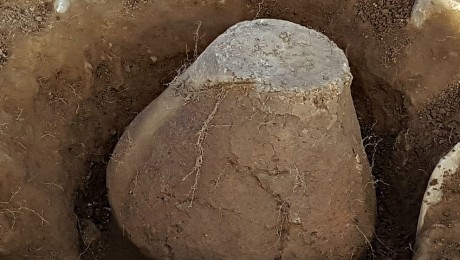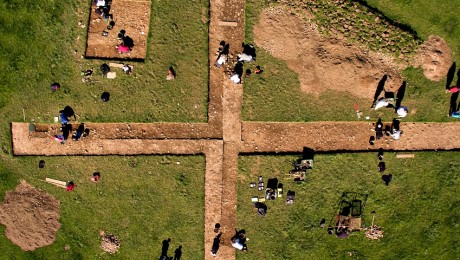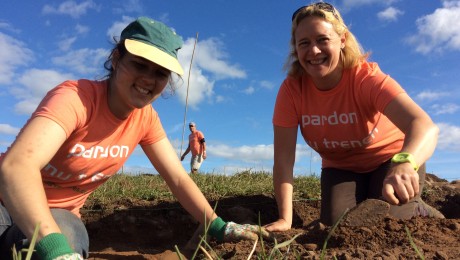This 4,000 year old ceramic vessel was found during DigVentures excavations at the site of the Morecambe Hoard in 2016. The urn had been filled with cremated human remains, closed with a clay bung, and then buried upside down and sealed in place with three large stones.
This 3D model shows the urn while it is still upside-down in the ground, just after the stones had been removed, and before it was prepared for lifting. On it, you can see several rows of imprinted decoration around the neck.
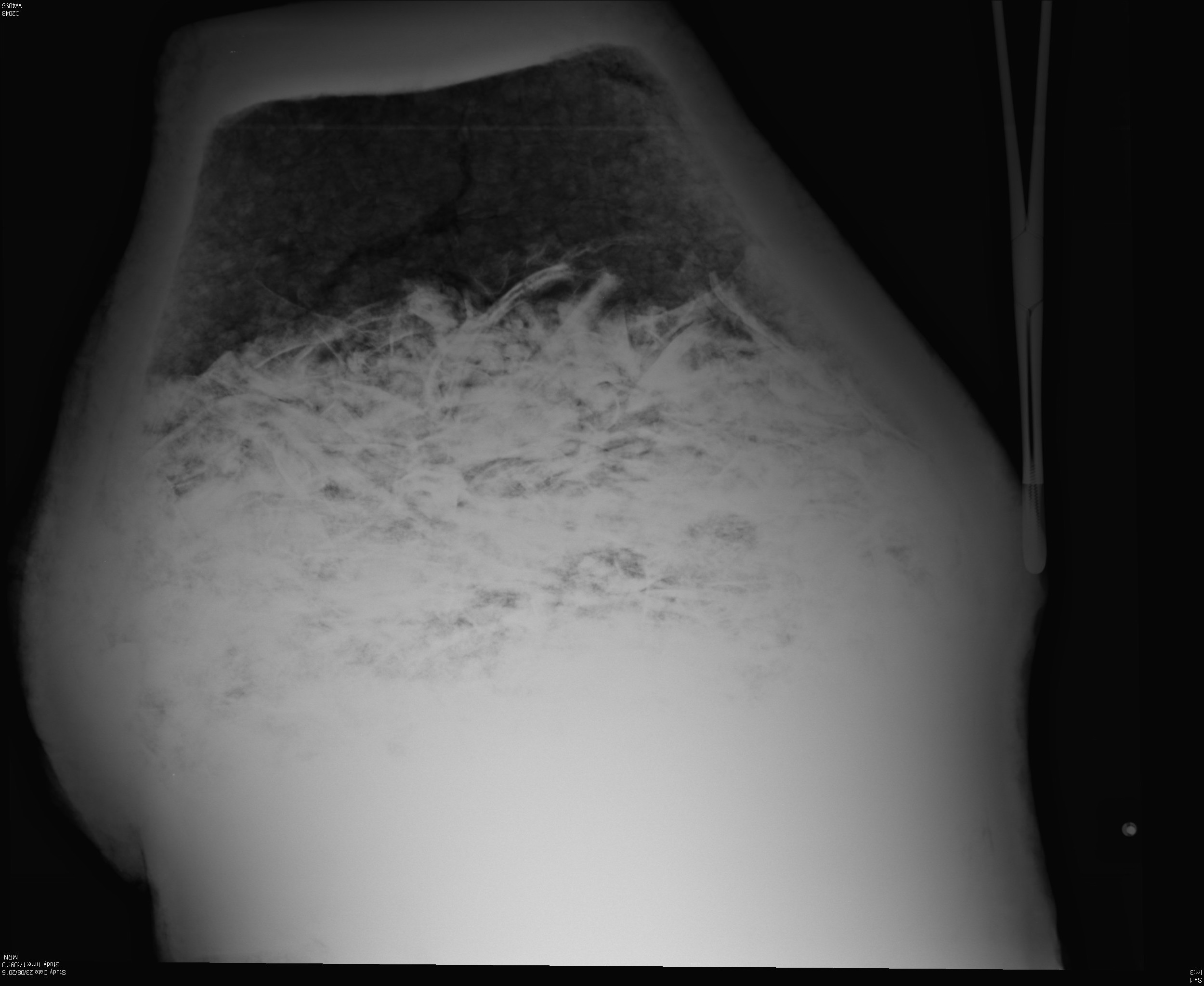
Once the urn had been lifted, it was taken to a local hospital to be x-rayed (still upside down). The x-rays showed that it was filled with bone, as well as a few other as yet unidentifiable objects. The urn was then taken to a conservation lab, and turned the ‘right way up’, ready to have the clay bung removed and its contents investigated.
Bronze Age cremation urns often contain more than one individual, but analysis indicates that in this case, the bones probably belonged to a single individual.
Based on the fusion of the bones, the development of the teeth, and a few surviving pieces of jaw and pelvis, the individual is thought to be a young, adult male who may have been in good health.
The bones have since been radiocarbon dated to 1,600BC, and samples have been sent for further analysis in an attempt to determine the geographic origin of the individual.
Read more:
